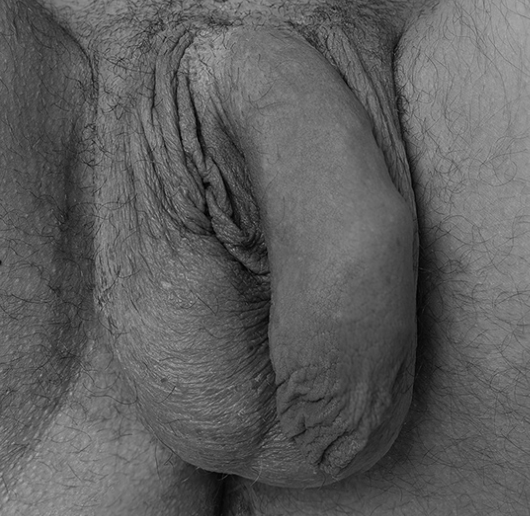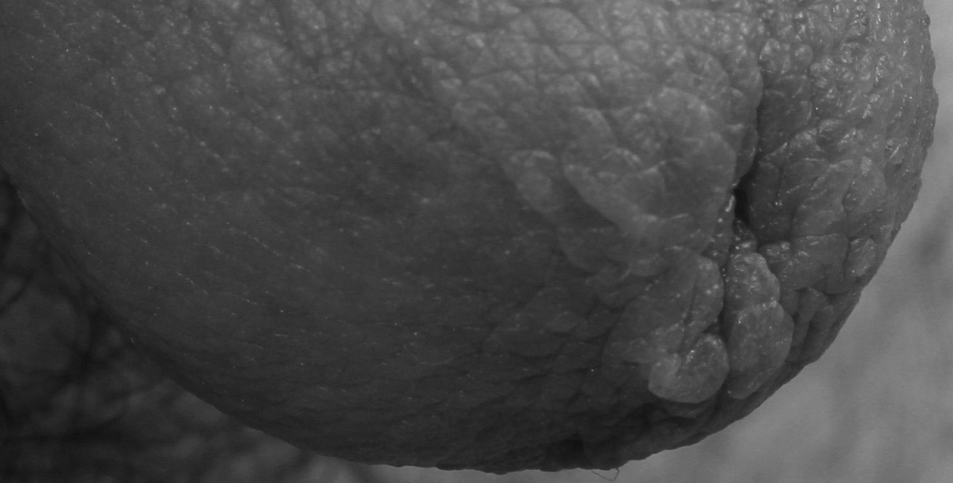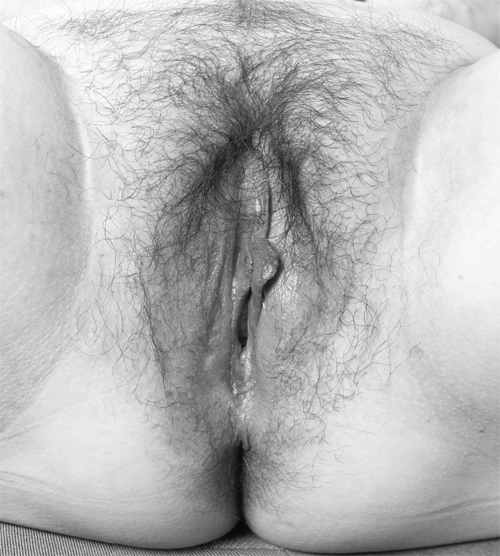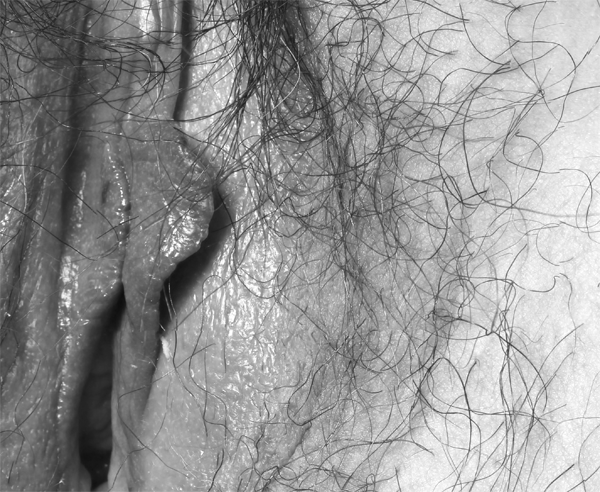For Arse Elektronika in 2010 I took multi-image high resolution genital portraits. The following essay is in the 'proceedings' of the conference, published in the RESEARCH book Screw the System.
Personal Portraits of Australia
Warning: Images presented in a spirit of exploration/science/art but very explicit
Most of us know about as much about the anatomy of our own genitals· as we do of the geography of Australia. In both cases we see the landscape· from a long distance, through a distorted cultural mirror, and while we· have a general idea that important things must be happening down there we· don't have a firm hand on the details.
(warning: there are explicit images below) We tried to create a questionare to help people distinquish their genitals· from our smallest continent:
- Important and yet misunderstood?
- Erupts into gross or embarrasing displays at inconvenient times?
- Common theme for cultural parody? (Vajazzling? Pelican Drinking?)
As you can see, the differences are subtle, and difficult to pin down.
In the 60's there was an attempt to empower woman by having them get to know their own genitals. This was done by giving rooms full of women small hand· mirrors so that they could have the communal experience of squinting at small reflections of their genitals held at arms length.
This approach has limitations. The effort of squinting into a mirror while· sitting in an awkward posture necesarily introduces to the process a certain· negative observer. And there are substantial difficulties in making a meaningful· exploration with the reflection from a hand mirror held at arms' length.
Forty some years later and the technologies of genital exploration have· zoomed past our previous experiences.·
At Arse Elecktronika 2010 I set up a portrait studio to capture high resolution portraits of various body parts. I used the multi-image capture technique of panoramic photography to take dozens of pictures of each subject, and then used software to stitch those images together into one· large image. Using viewing software users are able to pan and zoom· through the image in the same way you can explore a landscape in Google Maps.
When one looks at the body under extreme magnification we somehow lose· aspects of our individual humanity, and become part of a massive human· landscape. Ripples of skin, muscle, and fat, turn into abstract forms, or perhaps, images reminiscent of rippling sand dunes, foothills, and mountains.
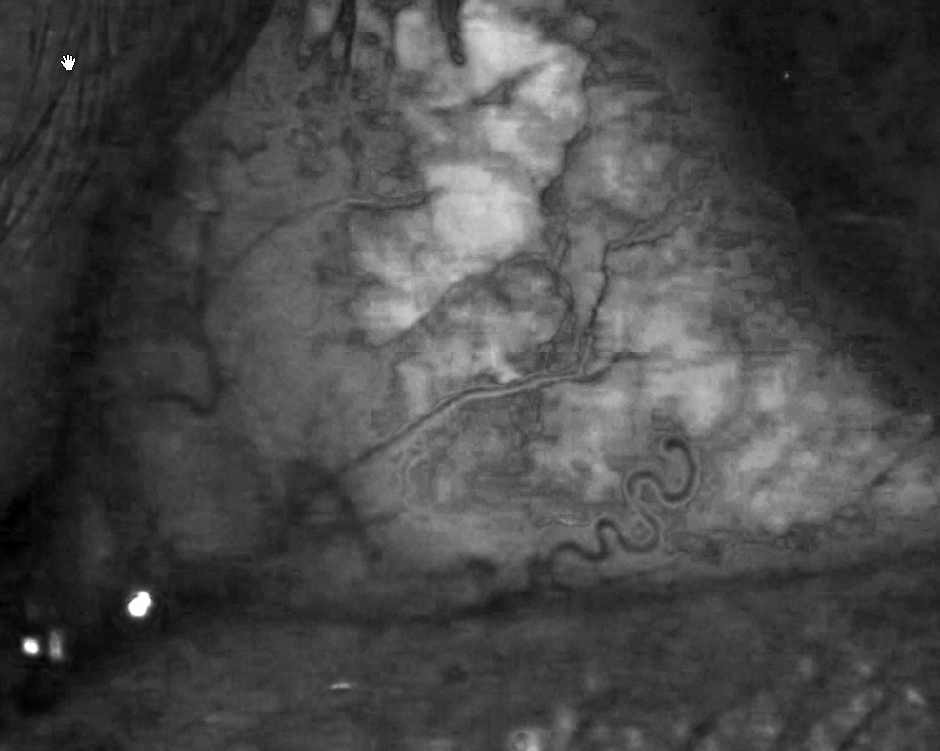
Detail of Gunther Friesinger's eye from·
530 megapixel image available on
gigapan.org.
Hairy parts become small scrub forests on an endless plain. A blood vessel
in the white of an eye turns into an oxbow patterned river. And genitals,
the often most sought after, and so poorly understood, sexual objects·
bifurcate from the stress of close viewing, splitting into both an
objectified sexual image and an abstract landscape.
 ·
·
By viewing and exploring our bodies as landscape we liberate our conceptions.·· We look at landscapes in a different way from how we look at images of people. Nobody is embarrassed by a landscape, and no one has ever said 'I won't have sex with that mountain, it is too fat.'
Looking at genitals, and at ourselves, as landscapes allows us to use a· different frame, a different context, for our seeing.
And looking at images through an interface which allows us to pan and zoom, to explore the image, provides a new way of seeing. We have different verbs to describe how we interact with different media. We look at pictures, we watch movies, and we explore pan and zoom imagery.
When we zoom closely we see common features of humanity. We see structures which reveal the ambiguity of our bodies. In this image are we looking at labial lips or something else?
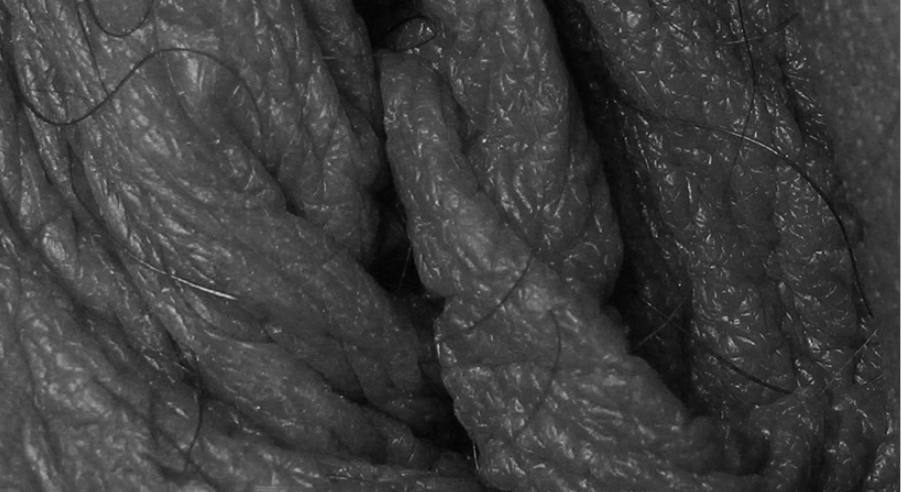
Detail from the image of this penis.
Objectified images are a lossy compression of humanity
Traditional air brushed, photoshopped, filtered, manipulated images create an abstracted idea of a human form. The freckles and moles and hairs and all of the normal detail which we share is removed in the interest of privileging our gaze to the 'Perfect.'
We are willing to sacrifice the details because 'nobody' wants to see the pores and hairs and moles and scars which show us as real complicated· people.
Taking high resolution images of people challenges the perfection myth. Images which allow the viewer to move up and down the zoom tree and· spend time exploring the different realities of humanity which are· possible at different scales of magnification gives the viewer the power to truly see what is in front of them.
